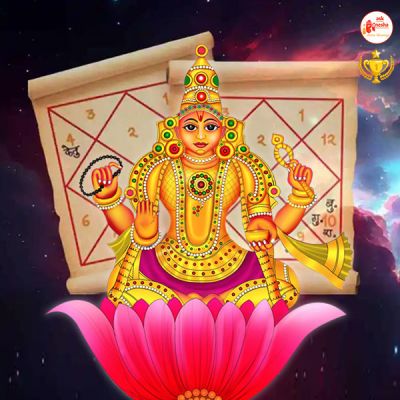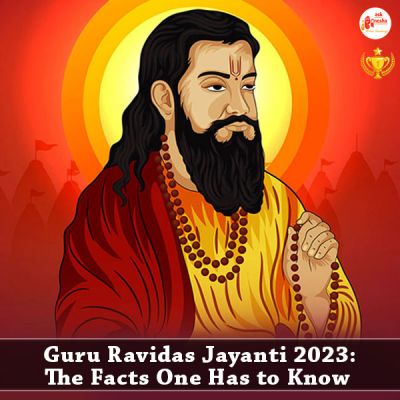Guru Nanak is a well-known name, not just in Sikhism but all around every faith in the world. Guru Nanak’s teachings have left an everlasting mark. His teachings extend not just to spiritual but also to philosophical discourses. He is an individual who has inspired millions of souls across the world and time. His teachings, which emphasized love, unity, and equality for all, are just as relevant today as they ever were. Sikhs around the world celebrate Guru Purab to honor his legacy. Let us delve further into his world and know about Guru Nanak’s devotion.
His Early life
He was born in the late 15th century, and no one was to know that he was going to become one of the most inspirational spiritual leaders of our time. There are many stories about His childhood past which indicated he would end up being a supreme being. One such instance is that instead of playing around with kids he would end up having spiritual discourse with the elders of his village. Another such incident involves him getting an amount of money to do some business. You can do Pujas & Homams to boost money in your life. But instead, he ends up feeding the saints and states that is the true purpose of life.
From a very tender age, it was obvious that he would end up being a great sage. This came from the fact that he would always question age-old beliefs and would provide a fresh outlook towards them. He would always stand up for justice and showed immense compassion towards others. His parents would often be worried because of his spiritual quests but these were just early signs of his upcoming greatness.
Teachers and Travels
All through his life, Guru Nanak was graced to be under the guidance of some great spiritual teachers. These masters left an everlasting mark on him. Saint Kabir, who used to write devotional songs and hymns influenced Guru Nanak’s life. He was always involved in meeting with great yogis and Siddhas who left an indelible mark on him. His meetings and discussions with these masters left a permanent imprint on him that would later shine through his teachings.
He soon discovered that true learning was beyond just classrooms. He was ready to travel far and wide. His travels took him everywhere from the North to the southern point of India, and even past the subcontinent. The journeys he took were known as ‘Udasis’. Through his travels, he met up with monks and common people from whom he gained immense knowledge. His journey taught him that there was much to be learned from every rich culture and tradition. He ended up merging these teachings later in his life as well.
Philosophy
The basic touch behind his philosophy and doctrines is that one should live a pure and dedicated life with a spiritual purpose. These teachings provide guidance and are quite easy to grasp.
• One God– Guru Nanak was a hard believer in monotheism. He confessed that there was only one eternal God, and this is the emphasis of the teachings of Sikhism. Even though this God is beyond our human imagination, it is possible to know him only through intense devotion and meditation. He said that God is formless, eternal, and timeless. We can realize this only through intense meditation and chanting. The goal of every human is to connect with the divine according to Him.
• Equality for all– Guru Nanak strictly was against the caste system and often challenged deeply rooted norms of society. According to him, every individual was the same and had the potential to realize God within himself. He highlighted that women should get equal status which was revolutionary for those times. As we know, Langar, which is a community kitchen where everyone sits together in a room and shares a meal was introduced. He was a big believer in unity and universal brotherhood.
• Righteous Living– Guru Nanak wasn’t all about just living a moral life, but he also believed in serving humanity and living an honest life. His main spotlight was to increase human inner experience and ask people to earn a living through honest means. He introduced ‘Vand Chakko’; it is where one shares his life earnings with the less privileged. According to him, a person should perform today's prayers and devotion to God to lead a righteous life.
Guru Nanak’s four journeys
1. Bengal & Assam- On his journey through Bengal and Assam, he interacted with various ascetics and was able to challenge and defy their old practices. He kept highlighting the importance of leading a highly spiritual and moral life. Guru Nanak also interacted with local communities and composed various hymns.
2. Sri Lanka– Guru Nanak’s journey through Sri Lanka involved him interacting with a variety of scholars and kept spotlighting the importance of devotion. He started a few community centers to expand and spread his message.
3. Himalayas– While he journeyed through the Himalayas, he urged yogis and hermits to be a part of society and culture again. He underlined that one should be a part of the community while keeping up one's spiritual ideals.
4. Mecca and Medina– Upon landing in Mecca and Medina, he met up with a few of Islamic scholars. He again underscored the importance of belief and devotion towards one God. Guru Nanak was able to surpass religious and country boundaries through his teachings.
Conclusion
Guru Nanak left the material world on September 22, 1539. However, despite his death a few centuries ago, his message still resonates loud and clear in the hearts and minds of his followers and devotees throughout the world. His life was a beacon of love, hope, and compassion that is still spreading through Sikhism to millions around the globe.
Also Read more Vedic Stories at Ask Ganesha.
























 Translate
Translate